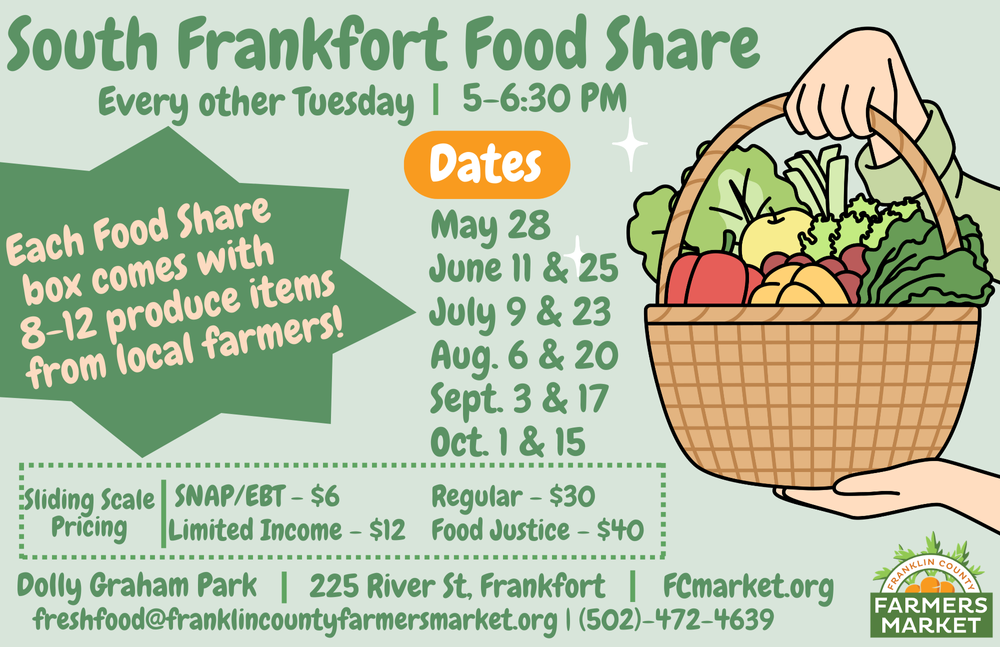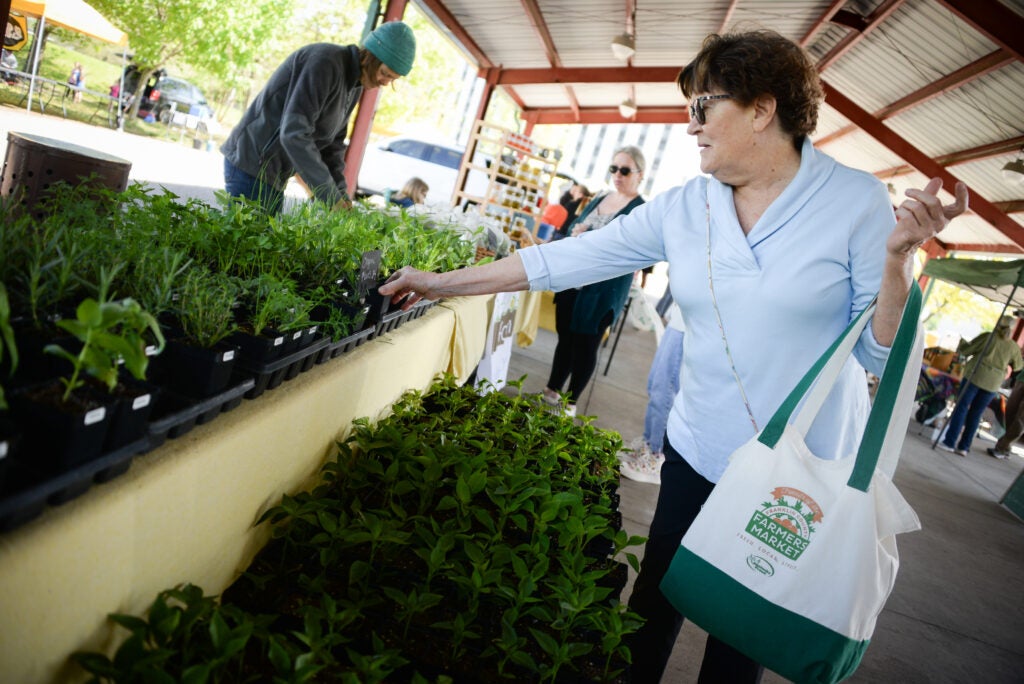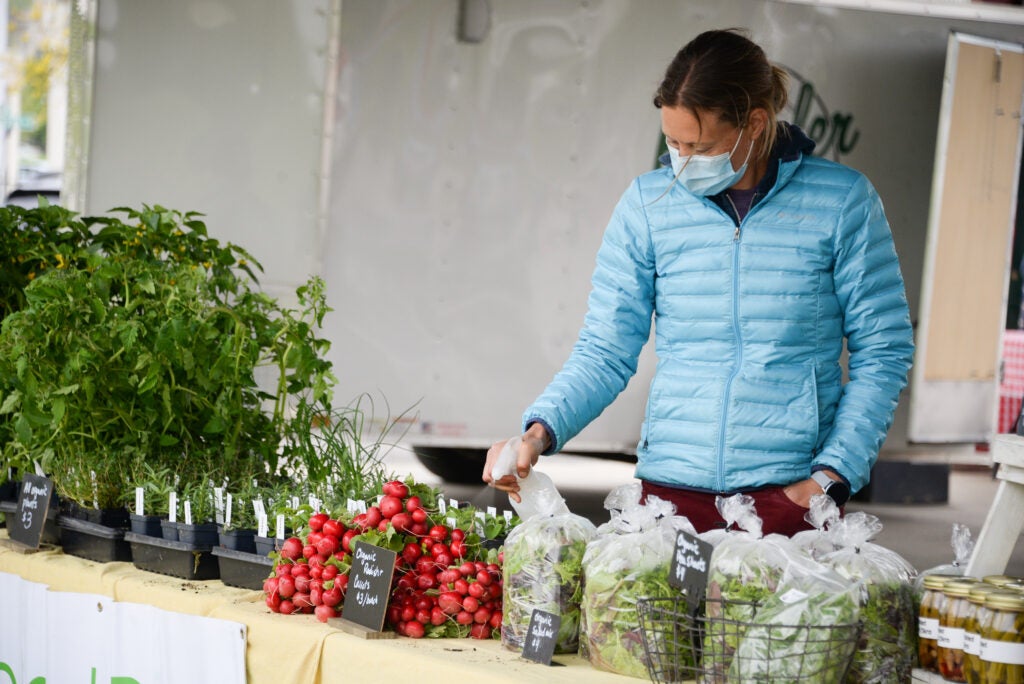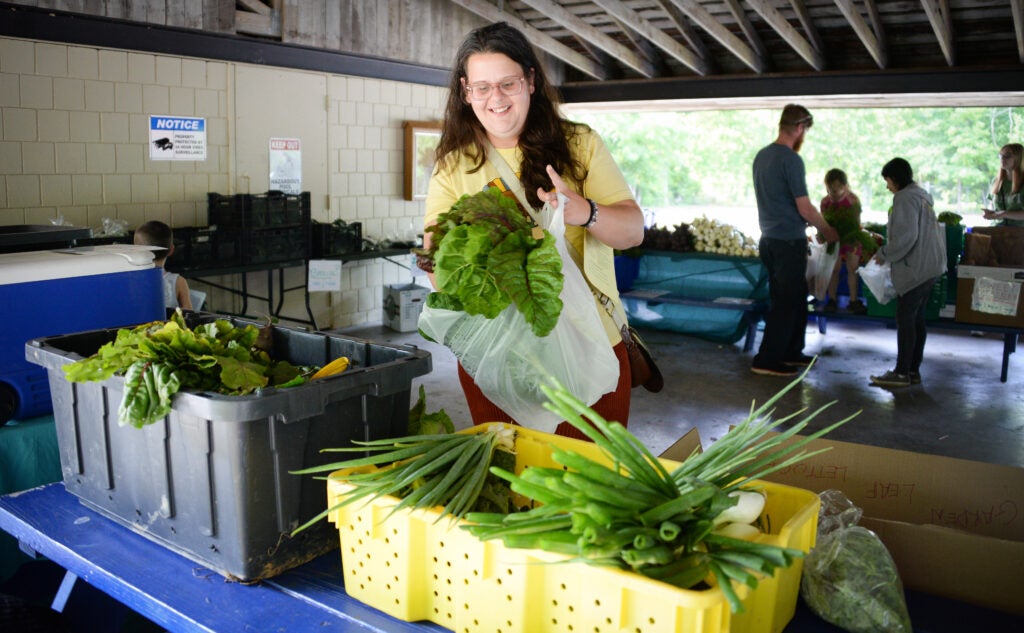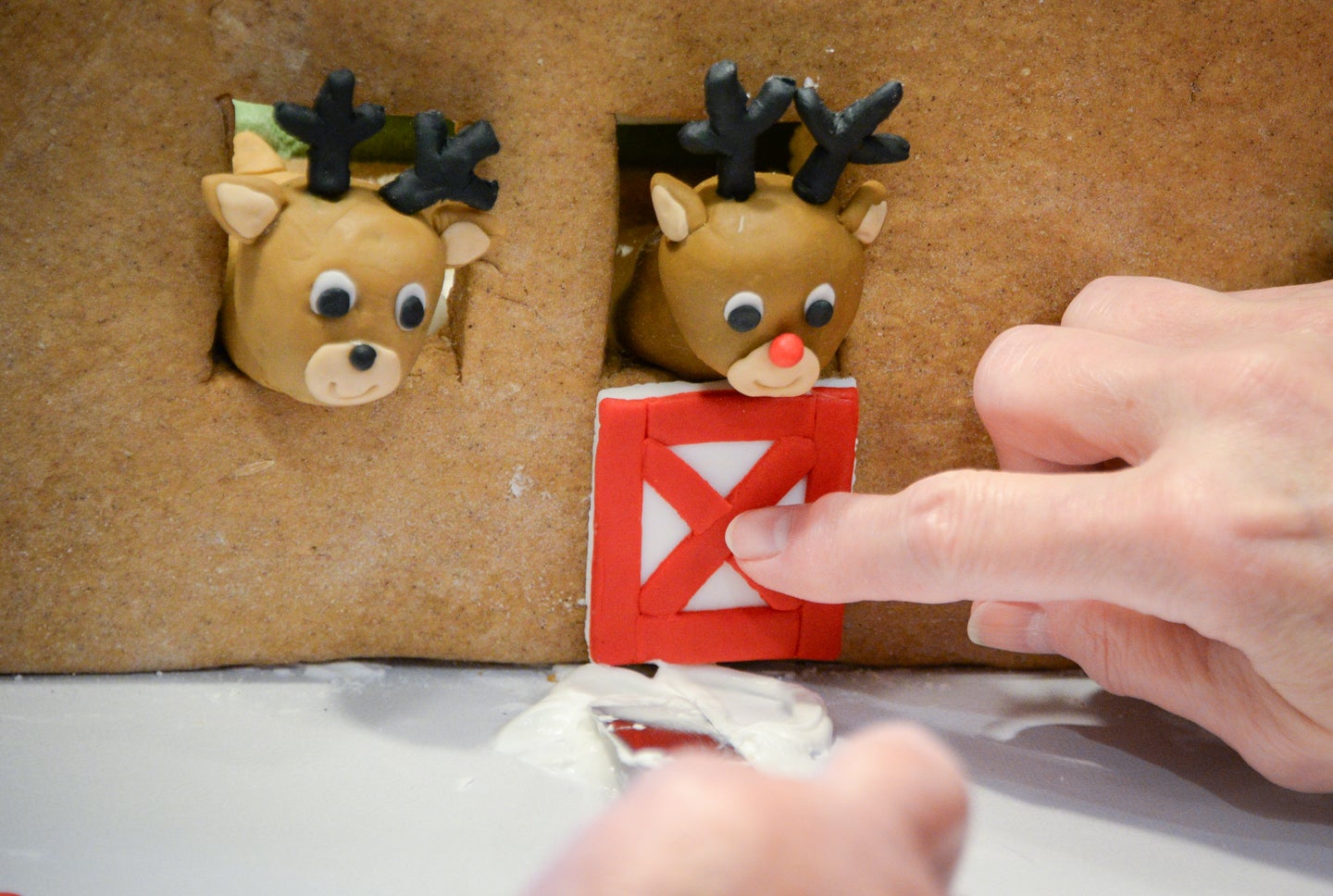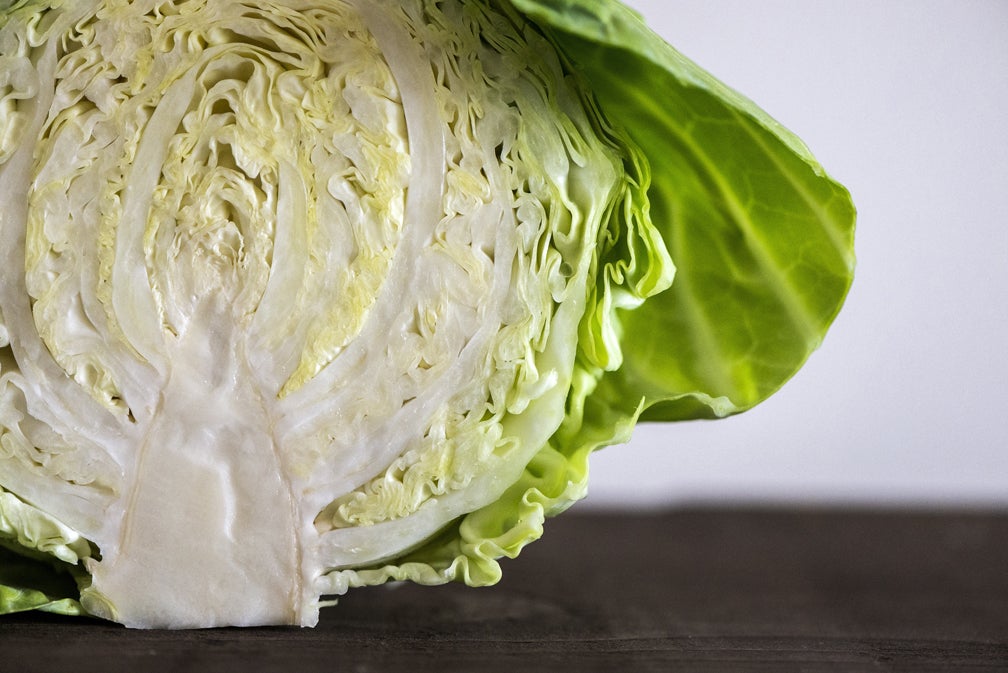By Tisa Conway-Cunningham
I remember the days that my siblings, friends and I would play outside from sun up until the streetlights came on. Spring breaks marked the permanency of optimal outdoor weather for our outdoor shenanigans, which only increased during the summer. In these moments, I experienced my first taste of local flavors.
It was in the 1980s that we used to suck on honeysuckles straight from the bush. I can remember the sticky red and black juices of the wild berries running down my arms as we plucked mass amounts from their bushes, for the elderly baker who asked of our errand so she could bake her pies. Little hands full for her and one or two for our mouths. Those perfectly plump red and black berries, so sweet and slightly tart, would never be equally matched in flavor or appearance in any supermarket.
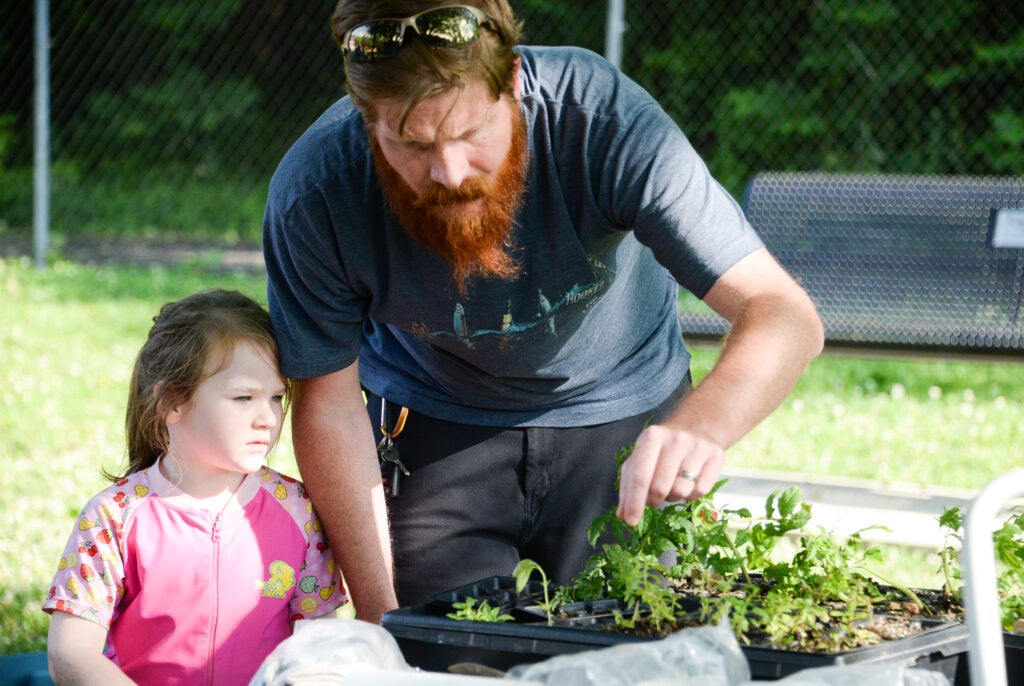
It was at Buckley’s Wildlife Sanctuary that my mentor introduced me to those hotdog-shaped plants by the water called cattails. Both edible and medicinal, she shared with me the steps for harvesting the multiple edible portions and educated me about the antiseptic and analgesic slime between the stalks that can remedy several minor ailments. These natural ingredients in the raw laid the backdrop for my curiously developing foodie obsession and opened my mind to local ingredients and locally sourced food.
Fast forward to 2024, when food prices have skyrocketed, along with the laundry list of recalls relative to whatever crazy muck up affecting the food supply. It’s a constant ping on my phone, one notification after another, permanently embedded in my head, causing me to really evaluate my food spending habits and the sources from which I stock up on ingredients.
In the local supermarket, produce and food labels cement the reality that most of the food in these stores have more highway miles and frequent flyer miles than we will ever have in our lifetime. So, fresh, goes to kind of fresh, and expiration dates are gentle reminders for the additives that it takes to keep everything looking pretty (fresh) beyond the realm of transportation and shelf life.
In short, this prompted me to explore local produce, local fare and local ingredients that are readily available in our local market. Pay attention. This is a brief, but extensive introduction to local and fresh available ingredients and food staples available in our local market.
The Franklin County Farmers Market
A space solely designed to connect local consumers to local farmers is a local farmers market. The Franklin County Farmers Market is in downtown Frankfort, under the Market Pavilion at Riverview Park, located diagonally from the Capital Plaza Hotel. Here, every week farmers set up stands, tables and trailers to offer a central location for local patrons to shop for locally grown, prepared and finished fresh produce, eggs, meats, breads, jams, salsas, soaps, coffees, herbs, spices, rubs, smoked salts, honey, cookies, candies and more.
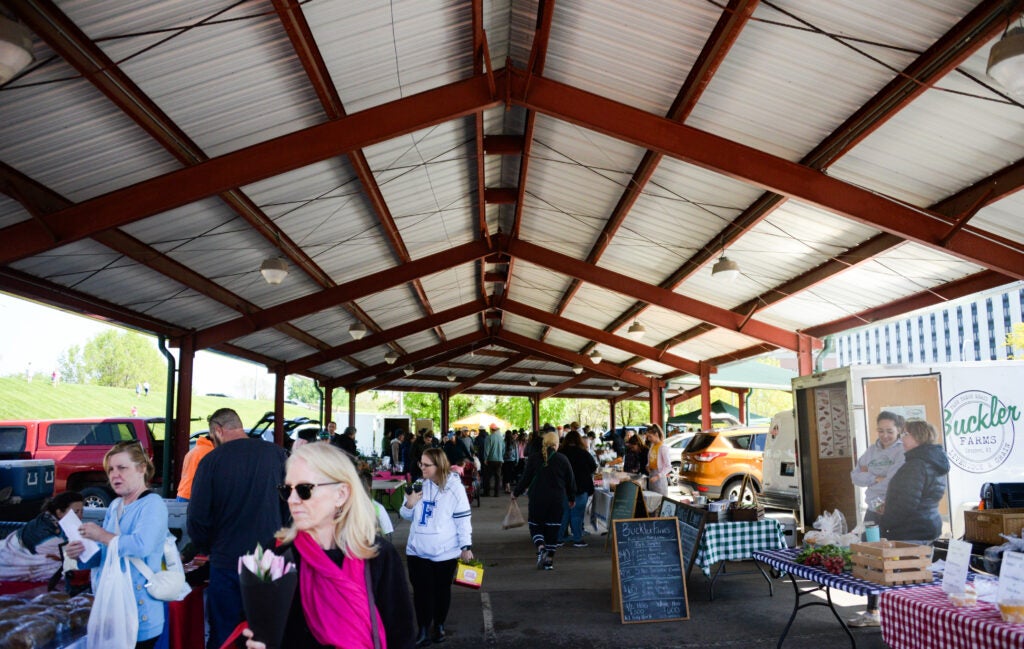
Since the 2019 pandemic, our local farmers market has worked to increase the availability of local goods and services. Patrons can visit the farmers market website, www.franklincountyfarmersmarket.org/, any day of the week to check for available offerings from each farm or local vendor. Information on products, farms, facilities, farmers and local vendors are all available for patrons to familiarize themselves with the local market. By creating an online account, patrons can shop from Monday at noon to Thursday at 5 p.m. for available products. Patrons can look through the catalog of each week’s offerings from each farm or vendor. They can then select size, quantity and selections, add them to the online shopping cart, checkout and purchase items for pickup each week. Items can be picked up curbside at the Market Pavilion from 9:30-10 a.m. on Thursday or 8:30 a.m.-noon on Saturday.
If you are looking for a more hands-on experience, farmers are onsite at the Market Pavilion with products available to sell from 8:30 a.m.-noon on Saturday during the Spring Market hours. From May 14 to Sept. 24 patrons can also shop in person on Tuesdays from 8:30 a.m. to noon. On these days, patrons are free to walk the Market Pavilion, go from vendor to vendor to shop, partake in demos, eat samples and purchase all available products.
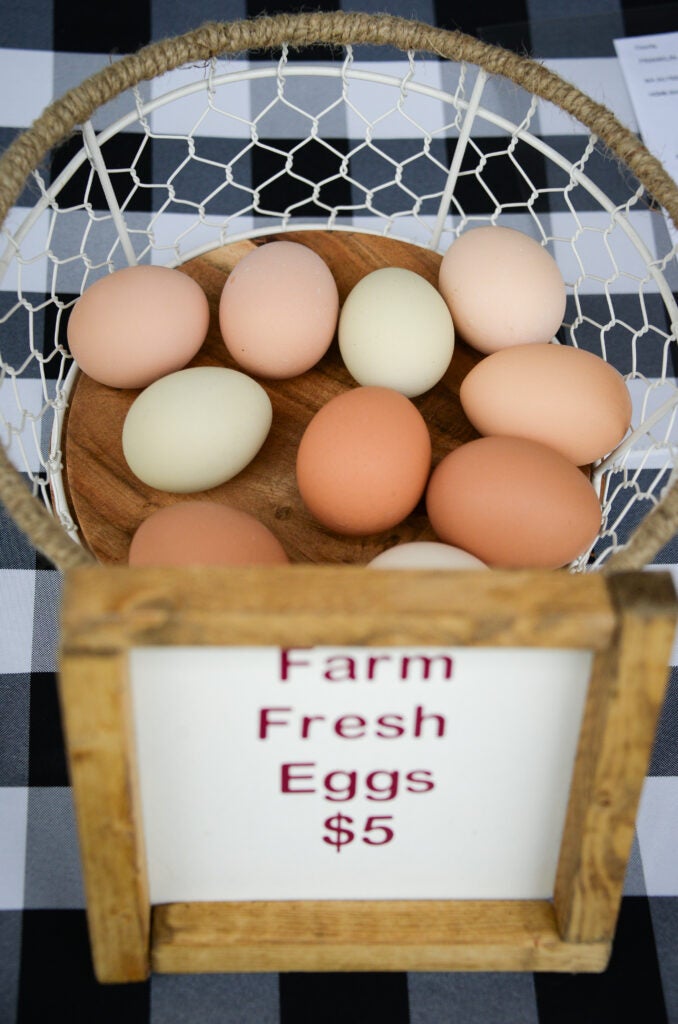
The Franklin County Farmers Market also developed a workplace delivery program called Farm to Frankfort, which delivers fresh produce and products directly to the workplace for 32 weeks out of the year. Each week, local consumers can go online, purchase selections and have them delivered to their workplace. This offers opportunities for those who may work odd hours to still participate in the local market. Currently, there are 14 drop-off locations, but if there is an interest for other workplaces to participate in this program, there are options on the Franklin County Farmers Market website for more information.
Another opportunity provided through the Franklin County Farmers Market is the South Frankfort Food Share. Shares are equal in quality and quantity but are purchased on a sliding scale based on income. The 2024 South Frankfort Food Shares start on May 28 and run through the fall until Oct. 15. Shares are available to order on a bi-weekly basis, and available for purchase online and until sellout. Each food share comes with about two bags of produce, which includes recipes and cooking demonstrations, samples and kid activities during each pickup. The pickup location is at Dolly Graham Park every other Tuesday from 5 p.m. to 6:30 p.m.
When shopping at the farmer’s market, there are several ways to pay for your market products. The Franklin County Farmers Market accepts cash, debit cards, credit cards, SNAP/EBT, P-EBT, WIC and Senior Farmers Nutrition Program Funds. Through a program called Double Dollars, patrons using SNAP/EBT and P-EBT can maximize their spending. With these two forms of payment, a customer will receive an extra $12 for fresh produce and $8 extra for meat, eggs and cheese, thereby doubling the $20 spent on SNAP/EBT and P-EBT cards to a $40 fresh food and produce experience.
Shopping at the Franklin County Farmers Market is a simple way to add local and fresh ingredients to your home-eating experience. It is also a good way to get more information about local farmers, vendors and the services they provide to our local community.
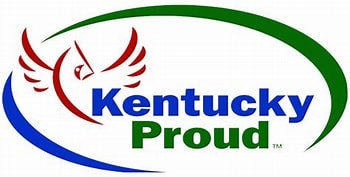
Kentucky Proud
If you are looking to shop locally, an easy way to identify local places in the community that offer local food purchases and products is to look for the Kentucky Proud logo. All vendors and products displaying the Kentucky Proud logo ensure that the produce, meat and other goods and services were all produced in Kentucky.
Through the agricultural marketing program, local products have been made available across the bluegrass state. Think Completely Kentucky, Coffee Tree Café, Weisenberger Mills, Ale 8 One, Rebecca Ruth’s Candy Store and Locals Food Hub and Pizza Pub. The list is long and includes farms, restaurants, distilleries, breweries, bakeries, orchards, roadside stands and farm stores. Even in supermarkets, such as Kroger, locally sourced ingredients can still be found. Look for the Kentucky Proud logo to steer you toward local products, goods and services.
Our local community is thriving and is a huge contribution to the success of local businesses. By shopping locally, we help to boost our local economy. So, take some extra time the next time you are planning to fill your fridge and pantry. If you need bakery items, visit Poppy’s Bakery on Wilkinson Boulevard, check out B’s Bakery on West Main Street or visit Andy’s Artisan Bread on East Todd Street.
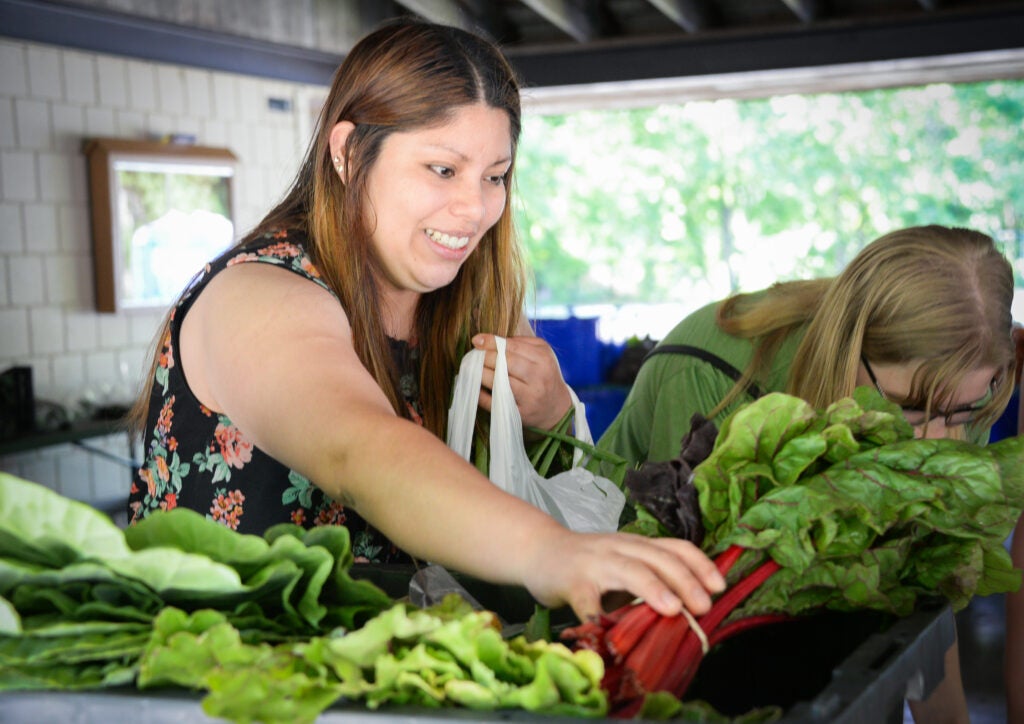
If it’s Friday night and you are thinking pizza, try Buddy’s Pizza on St. Clair Street, consider Davinci’s Pizza on Louisville Road or check the specials at Locals Food Hub & Pizza Pub on Wilkinson Boulevard. Speaking of Locals, did you know that Locals is a pizza pub, but they also have a food market inside? There, you can find a smorgasbord of local produce, eggs, meats and goods to restock your pantry. They also have weekly deals, so make sure to subscribe to their website so that you receive their weekly flyers.
I could go on and on about suggestions for date nights, burger cravings, Mexican cuisines and so much more, but for now, I will leave you with this — we are only as successful as our community supports us to be. By shopping locally, we are participating in sustainable practices that help our community to flourish. Locally sourced food and ingredients have economic benefits and health benefits, but that is a whole other story.
I have just managed to scratch the surface of the importance of consuming locally sourced goods and services. My hope is that we work harder to support local businesses and step out of our normal routines to enjoy all of the local fare available to us in our Frankfort community.
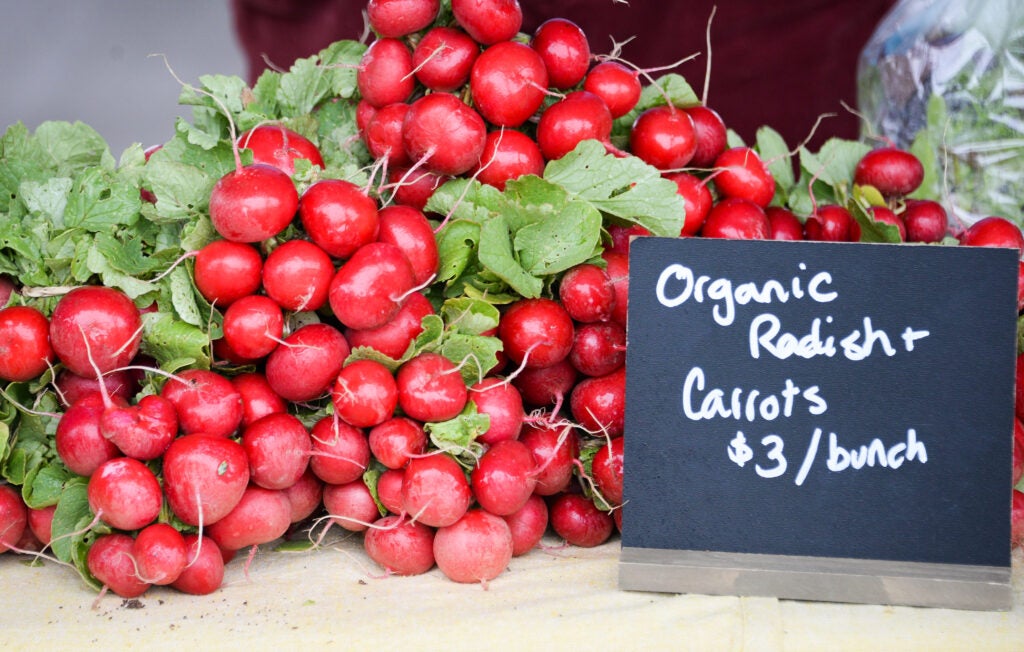
Sugar Snap Pea Salad
(Recipe adapted from NYT Cooking via the “South Frankfort Food Share Recipe Book”)
Ingredients:
1⁄2 cup radishes, sliced
1 1⁄2 cup sugar snap peas
1 cup feta, ricotta salata, or pecorino romano crumbled
1⁄4 cup fresh mint, torn
1 clove garlic, minced
Pinch sea salt
1 tablespoon lemon juice
1 teaspoon balsamic vinegar
3 tablespoon extra virgin olive oil
Ground pepper, to taste
Directions:
In a large bowl, toss radishes, peas, ricotta and mint. In a small bowl, add lemon juice, balsamic vinegar, garlic and salt. Stir well to combine.
Slowly drizzle in olive oil and add pepper to taste. Drizzle salad with dressing. Toss well to coat and serve.
